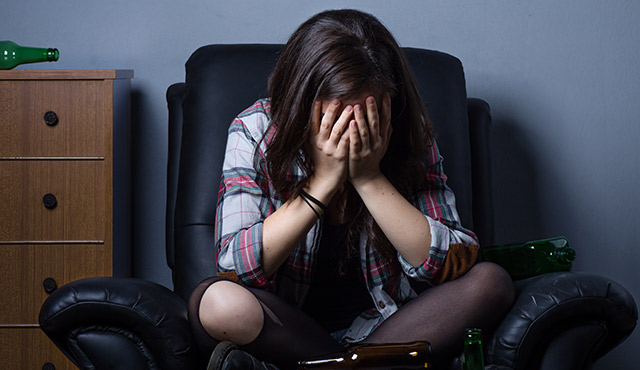It’s upsetting to hear that car crashes continue to be among the top 10 causes of death among young people up to age 25, a statistic put out by the National Highway Transportation and Safety Administration.
And when alcohol or drugs are a factor, it begs the question of what can be done to keep teens from drinking and driving.
Mission Viejo found one solution more than 20 years ago—and it’s still effective today.
Teens helping teens
In 1989, after seeing the victims of a fatal car accident involving teens, Dr. Thomas Shaver, then Director of the Trauma Center at Mission Hospital, took action.
“He went into the community and gathered a task force of law enforcement, city mayors, teachers, superintendents and tried to come up with a solution,” says Georginne Mercado, Trauma Office Injury Prevention Outreach Coordinator at Mission Hospital.
Together they created a program in 1993 called South County Safe Rides, coordinated today by Mercado from Mission Hospital.
As Mercado enthusiastically describes Safe Rides, it’s clear that the program is good for everyone involved.
Here’s how it works: On Friday and Saturday nights, volunteer teen drivers meet at Mission Hospital from 10 p.m. to 1:15 a.m. There they take calls that come in on the Safe Ride 800 number from local teenagers who need a ride home because they’ve had too much to drink, have taken drugs, or have found themselves stranded somewhere without a way to get home late at night. The volunteer drivers team up—a male and female teen ride together—go pick up the callers and take them home, no questions asked, and no charge.
How do teens know the number to call? “The program provides 5,000 key chains in the shape of stop sign to all the local high school students,” says Mercado, emphasizing the service is for South County high school students or youth only—not college students and not adults.
Teen volunteers undergo training from Mercado. “They can sign up to be a driver, navigator or dispatcher,” she says. Volunteers use their own cars for pickups, and each driver must have a full driver’s license, auto insurance, a clean driving record and approval from their parents for membership and all position duties.
“They learn that they can make a difference,” says Mercado, who has developed many guidelines to keep volunteers safe.
There are doubters. Some people suggest that the program enables teenage drinking instead of preventing it. “We take a more realistic approach,” Mercado says. Some teenagers will and do drink, so why not make sure they don’t drive under the influence? “The only reason we as a trauma center came to inquire about this is because of the volume of teenage traumas we’ve seen.”
New trends in teen behavior
Mercado has a ringside view of teen life. Over the years, she’s seen a trend toward a lot more drug use and a lot less drinking, she says. “And it’s a lot more prescription drugs—teens are usually taking drugs from their own home medicine cabinets, so parents—beware.” More males than females tend to use the service, but Mercado also promotes Safe Rides as an option for girls who might feel unsafe on a date.
Uber and Lyft have made a dent in the number of teens who call Safe Rides, which is good because it’s another alternative to driving while impaired, but the downside is that these services deprive Safe Rides volunteers of the chance to help other teens.
But just by its very existence, Mercado hopes that Safe Rides sends a message that the community wants teens to be responsible. “Not everyone plans what happens in their day or night. You don’t want to lose your life because of one night,” she says. “It happens so much among teens because they just want to have fun and they’re not thinking about end results. We are hoping to change the mindset about realizing consequences, and the best way to make that happen is at a peer-to-peer level.”

